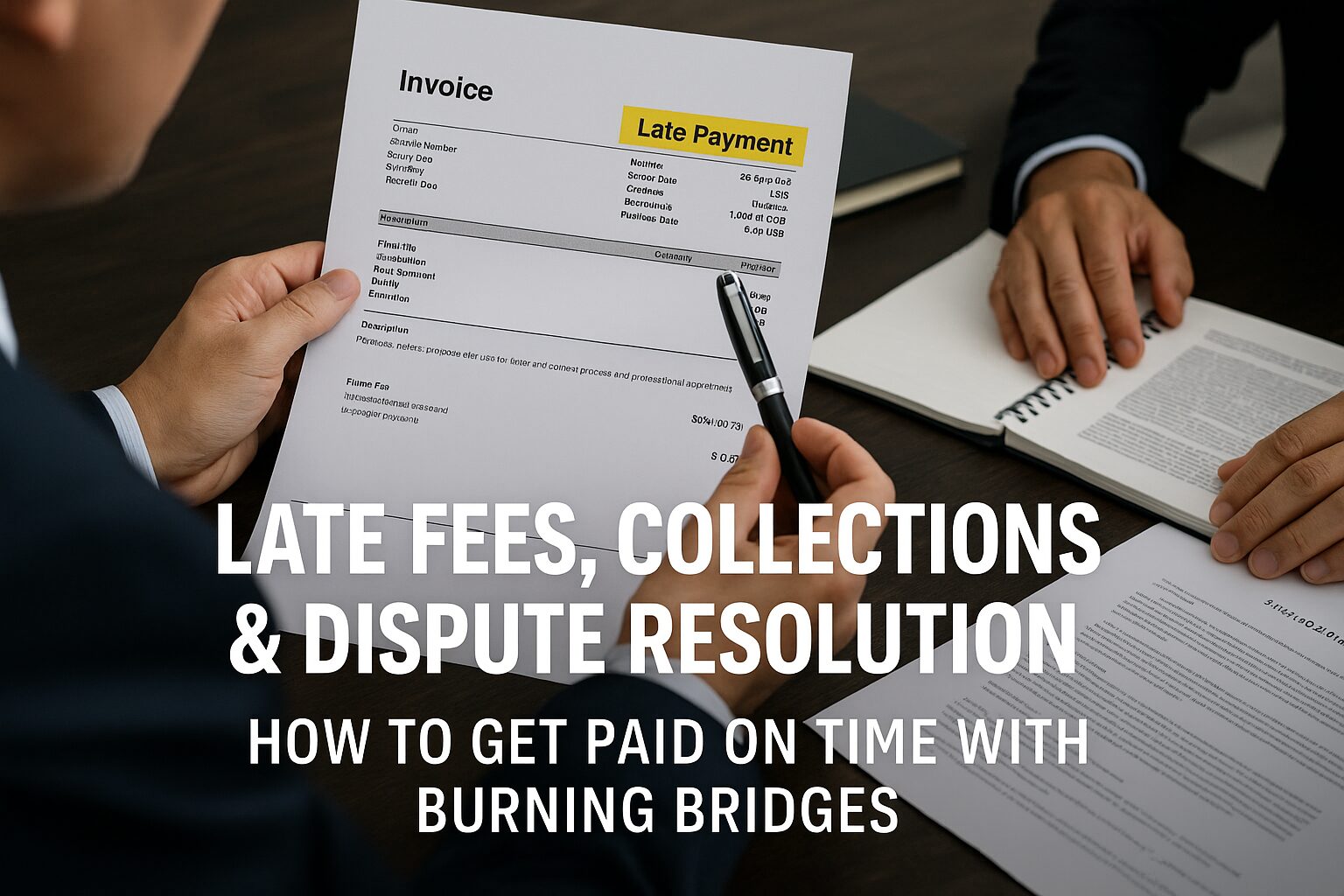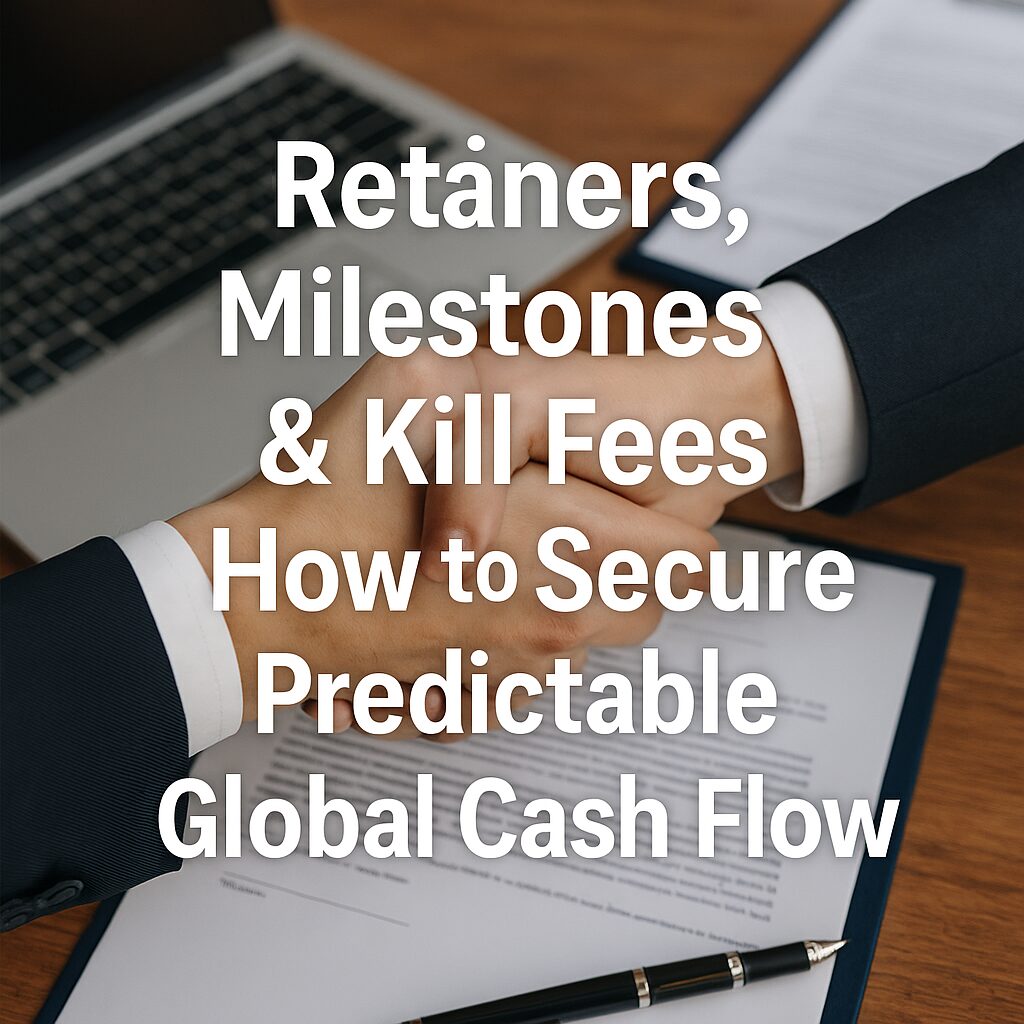Why “183 Days” Doesn’t Decide a Nomad’s Taxes
Most digital nomads still plan around a single number: 183. But audits are won or lost on facts about your life, not a stopwatch. Tax residency is allocated by permanent home, Center of Vital Interests (family, economic and social ties), and habitual abode before day-count even matters. Meanwhile, your social-security coverage follows where you physically work unless you secure certificates that prove one system covers you while you travel. And if you negotiate or accept deals abroad, your company—not just you—can face corporate tax through permanent-establishment (PE) rules or a relocation of corporate residency under the Place of Effective Management (POEM) test.
This article is a practical field guide. It shows how to assemble evidence, structure contracts and approvals, and run payroll and board governance so that your nomad life is bankable, audit-ready, and treaty-compliant.
Body — The Systems You Must Coordinate and the Moves That Actually Work
- The 183-Day Myths (and the tests that really apply)
- Myth: “Under 183 days means I’m safe.” Reality: permanent home and CVI often trump raw day counts.
- Myth: “A nomad visa is tax-free.” Reality: visas are immigration; tax residency is a separate determination.
- Myth: “If I split time, no one can tax me.” Reality: dual claims are tie-broken; one country usually wins.
- Evidence that convinces auditors: leases and utilities; where your possessions and pets live; spouse and children’s schooling; physicians and clubs; bank and brokerage base; board attendance; consistent day logs, passenger records, and calendar exports.
- Social-Security Totalization and Coverage Certificates
Start here because banks, employers, and auditors look for correct contributions and coverage.
- Use an A1 or Certificate of Coverage (CoC) so one country’s system covers you during temporary work abroad.
- Apply detached-worker provisions where eligible, and follow multi-state rules if you routinely split work.
- Run shadow payroll when a host country requires local reporting even if pay is processed offshore.
- Employees: ask HR to secure A1/CoC, decide on shadow payroll or an employer-of-record solution, and diary renewals.
- Self-employed: register where required unless a totalization rule clearly protects you.
- Quick checklist: map work-days by country; request/renew A1 or CoC before travel; confirm detached-worker limits; implement shadow payroll where required; keep payroll and CoC copies with travel records.
- Remote-PE: How Nomads Accrue Corporate Tax Exposure
Three common PE paths:
- Fixed-place PE: your home or co-working becomes a regular place of business at the company’s disposal (recurring core work, client meetings, published local address, servers or inventory).
- Dependent-agent PE: you habitually negotiate or conclude contracts binding the company.
- Service PE: some countries tax services performed locally once you exceed a threshold number of days.
Red flags: public local address on the website or invoices; pricing or discount authority; accepting contracts in the host country; on-site delivery that crosses day thresholds.
Defensive moves that work: - Agency/role agreements that remove pricing and acceptance authority from local individuals.
- A centralized contract-acceptance procedure offshore, with a clear audit trail.
- A home-office policy: personal convenience only; no client meetings; no signage; no servers or inventory.
- Service-day tracking in your project tool, with alerts before thresholds.
- Independent distributors or employer-of-record arrangements where appropriate (still do a PE analysis).
- POEM and Director Risk (founders and executives)
A company with foreign incorporation can be re-resident if effective management happens where you are.
- Symptoms of drift: strategy and board meetings routinely chaired from one high-tax country; budgets and hiring approved onshore; banking and legal execution clustered locally.
- Counter-measures: rotate board locations with in-person quorum offshore; adopt a delegated-authority matrix stating who signs what and where; keep minutes that record the meeting location, attendance, and documents reviewed.
- VAT/GST for SaaS and Digital Products
Consumption taxes follow the customer, not the traveler. Expect OSS/MOSS-style registrations or marketplace collection rules. Keep geo-evidence such as billing address, IP, bank BIN, and phone country code to defend rate and registration decisions. If platforms collect on your behalf, you still need documentation. - Banking, CRS/FATCA, and KYC Reality
CRS and FATCA transmit your account data to the tax residence you declare. Banks test address reality and employment or social-security status. Keep a KYC pack: proof of address, tax numbers, A1/CoC, company documents, and a residency statement that matches your returns and payroll evidence. - Immigration vs Employment Law vs Tax
A visa does not switch off labor, payroll, or corporate-tax rules. Local employment law may still require contracts, benefits, and social-security enrollment. Tax authorities can require withholding or shadow payroll even if you are paid offshore. Employer-of-record solutions can help, but you still need a PE and POEM review. Contractor labels do not guarantee compliance; misclassification penalties are real. - Case-Style Guidance You Can Copy
- Agent PE through “helpful” product management: product staff negotiated discounts and accepted redlines from a host country, creating dependent-agent risk. After re-papering the role to pre-sales enablement only and centralizing acceptance, the inquiry closed.
- Fixed-place PE via branding: a local address appeared on the website and invoices. Removing the address, adopting a home-office policy, and documenting the lack of client meetings supported a successful defense.
- Social-security gaps for a freelancer: no coverage certificate while alternating between countries created contribution gaps. A retrospective certificate where possible, prospective registration, and country-tagged timesheets solved it.
- POEM drift via board habits: a founder chaired strategy from one high-tax state; board rotation, an independent director, and minutes with locations cured the challenge.
- Service PE through long delivery windows: a data team exceeded the local day threshold. Installing day-alerts, splitting delivery windows, and rotating teams kept future periods under the limit.
- Your Nomad Compliance Pack (build this once, refresh quarterly)
- Residency file: day logs, flight records, lease and utilities, CVI memo, tie-breaker worksheet, and a draft mutual-agreement procedure note.
- Social-security file: A1/CoC, detached-worker approvals, shadow-payroll slips, host registrations.
- PE and POEM file: agent-limit contracts, contract-acceptance SOP, board calendars, minutes, and authority matrix.
- VAT/digital file: registrations, marketplace statements, geo-evidence, invoices.
- Bank/KYC file: proof of address, tax references, CRS/FATCA self-certifications, company records.
- A 90-Day Roadmap (from chaos to audit-ready)
- Weeks 1–2: map work-days by country for the last year; assemble the residency and CVI files; request A1/CoC; flag PE and POEM hotspots.
- Weeks 3–6: re-paper roles with agent limits; centralize acceptance; publish a home-office policy; scrub public local addresses; install service-day counters and alerts; launch shadow payroll where required.
- Weeks 7–12: rotate board locations and record them in minutes; register for OSS/MOSS where needed and formalize geo-evidence capture; refresh bank KYC; run an audit dry-run to ensure your packs export in minutes.
- Monetization-Smart Notes (why this topic prints money)
Audience intent is high around “digital nomad tax residency,” “A1/CoC,” “remote PE,” “shadow payroll,” and “POEM.” Offer lead magnets such as an A1 request checklist, a PE/POEM policy template, and a service-day counter sheet. Use calls to action like a free 20-minute structure review and a quarterly residency and PE health-check. Internally link to the archetypes article, the residency-outcomes article, the treaties article, and the upcoming incorporation and hub pieces.
Conclusion — What To Do Next (and what to stop doing today)
Stop treating “183 days” as a strategy. Treat it as one data point inside a larger residency and payroll design. Build a residency file that proves permanent-home and CVI facts, not just air-tickets. Secure A1 or CoC before you work abroad. Remove pricing and acceptance authority from local hands and centralize contract approval offshore. Publish a home-office policy and stick to it. Rotate board locations and write locations into minutes. Install day counters for service work and register correctly for consumption taxes. Do this once, maintain it quarterly, and your nomad life stays compliant, bankable, and scalable.
Related Case List (for readers who want examples to copy fast)
- Dissolving dependent-agent PE by re-papering roles and centralizing contract acceptance offshore.
- Defeating fixed-place PE by removing public local addresses and enforcing a home-office policy.
- Closing social-security gaps with A1/CoC, detached-worker planning, and shadow payroll.
- Curing POEM drift via board-location rotation, delegated authority, and minutes with explicit locations.
- Controlling service-PE exposure with day-threshold alerts, split delivery windows, and team rotation.
Next Article Preview — Why You Must Read the Sequel
Where to Incorporate (Advanced) — CFC/Subpart F, Pillar Two, QDMTT, and Safe-Harbor Design.
If you pick a jurisdiction with a brochure, you’ll pay with headaches later. Modern rules pull income up through CFC/Subpart F and top it up through Pillar Two unless you design for QDMTT shields and safe-harbor eligibility. The next article gives you the blueprints to keep your effective rate predictable, your cash-up ladder clean, and your structure audit-proof from day one.






